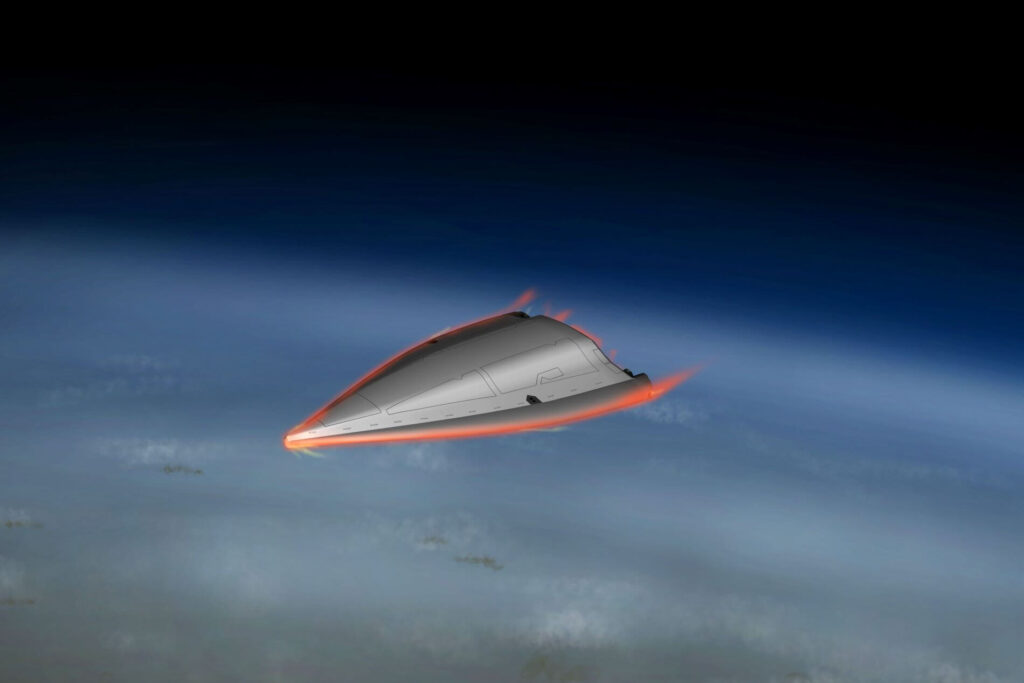The United States has 70 different hypersonic weapon programs costing $15 billion, according to a government study.
The report, detailing the effort to develop hypersonic weapons in the United States, was released by the US Government Accountability Office (GAO).
According to the document, the $15 billion sum is going to be spent between the financial years of 2015 and 2024. The effort peaked in 2020, when $2.5 billion were spent on such weapons. It was also the first year when more money was allocated to product development than technology development, signifying a switch from research to more production-oriented goals.
The largest contributor to the development is the US Department of Defense (DOD), while the Department of Energy (DOE) and NASA are also conducting their own programs. Likewise, the US Navy (USN) is the main participant of those programs, with $6.2 billion coming from their funding. The US Air Force (USAF) comes in second, allocating $3.6 billion to hypersonic weapons development.
The majority of those efforts focus on the development of hypersonic glide vehicles, with the USN and the US Army developing the Common Hypersonic Glide Body (CHGE) that could be used on platforms wielded by both arms. The USAF, meanwhile, most prominently runs their own program jointly with the Defense Advanced Research Projects Agency (DARPA) – a hypersonic glide body that could be launched from a B-52 bomber.
Currently, 5 different programs have entered the product development stage, with the remaining 65 being in the technology development stage. The USAF Air-launched Rapid Response Weapon is going to be the first hypersonic weapon to enter the production stage and reach operational capability in late 2022.
The GAO also criticizes the DOD for adopting aggressive schedules that are bound to be plagued with delays, and not clearly allocating roles and responsibilities in the development – both points being indicative of the desperate nature with which the Department took on the hypersonic race.
While the report does not mention the role Chinese and Russian developments influenced the US’ response, it shows how funds, allocated to such developments, skyrocketed – almost doubling each year in 2017, 2018 and 2019, and reaching the peak in 2020.
In 2017, China started showing first images of the tests of their hypersonic glide vehicles, and in 2018, Russian president Vladimir Putin presented an array of new hypersonic armaments that are being developed for the Russian army. Both countries have since claimed their respective weapons having at least initial operational capability.

